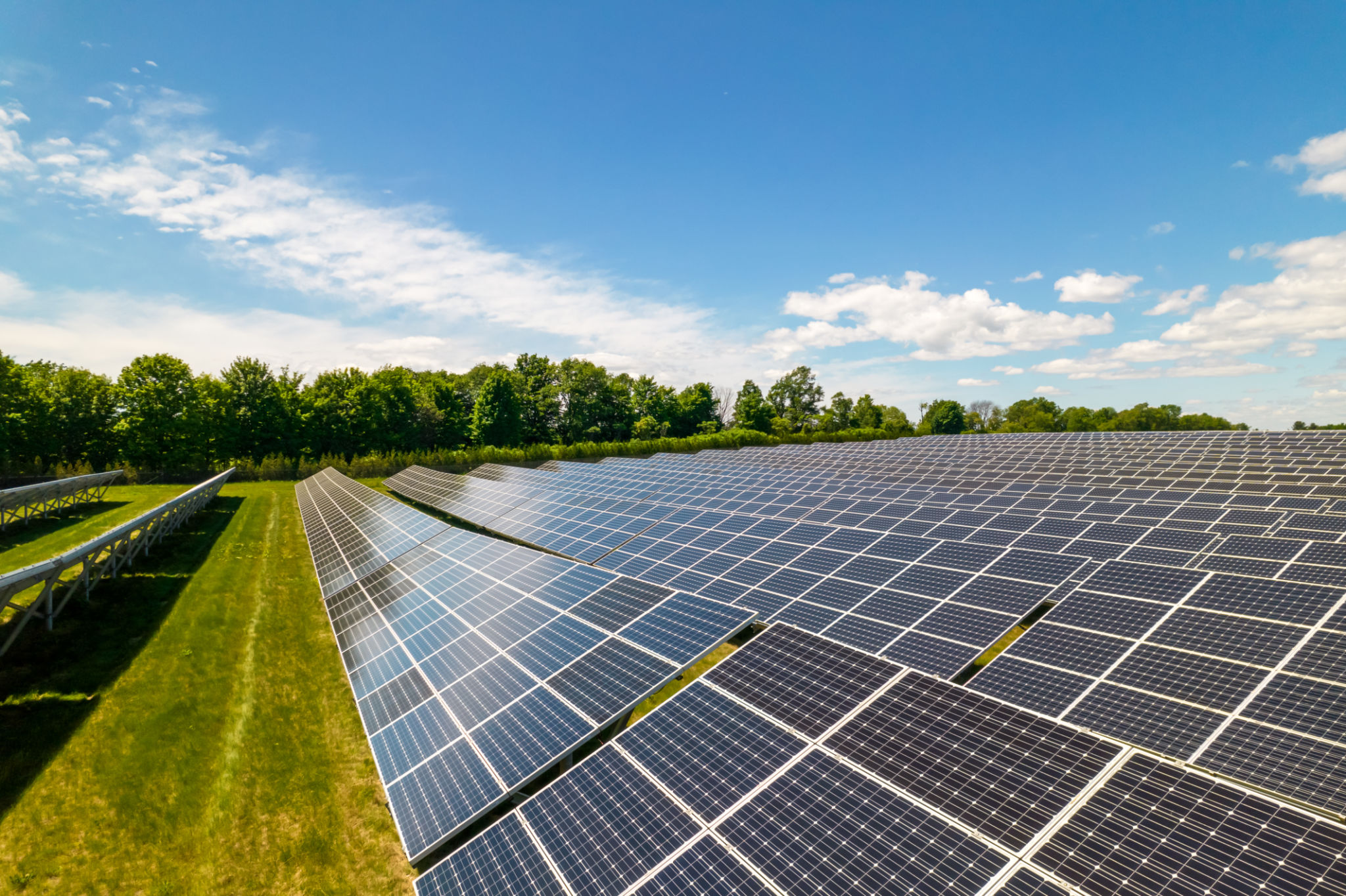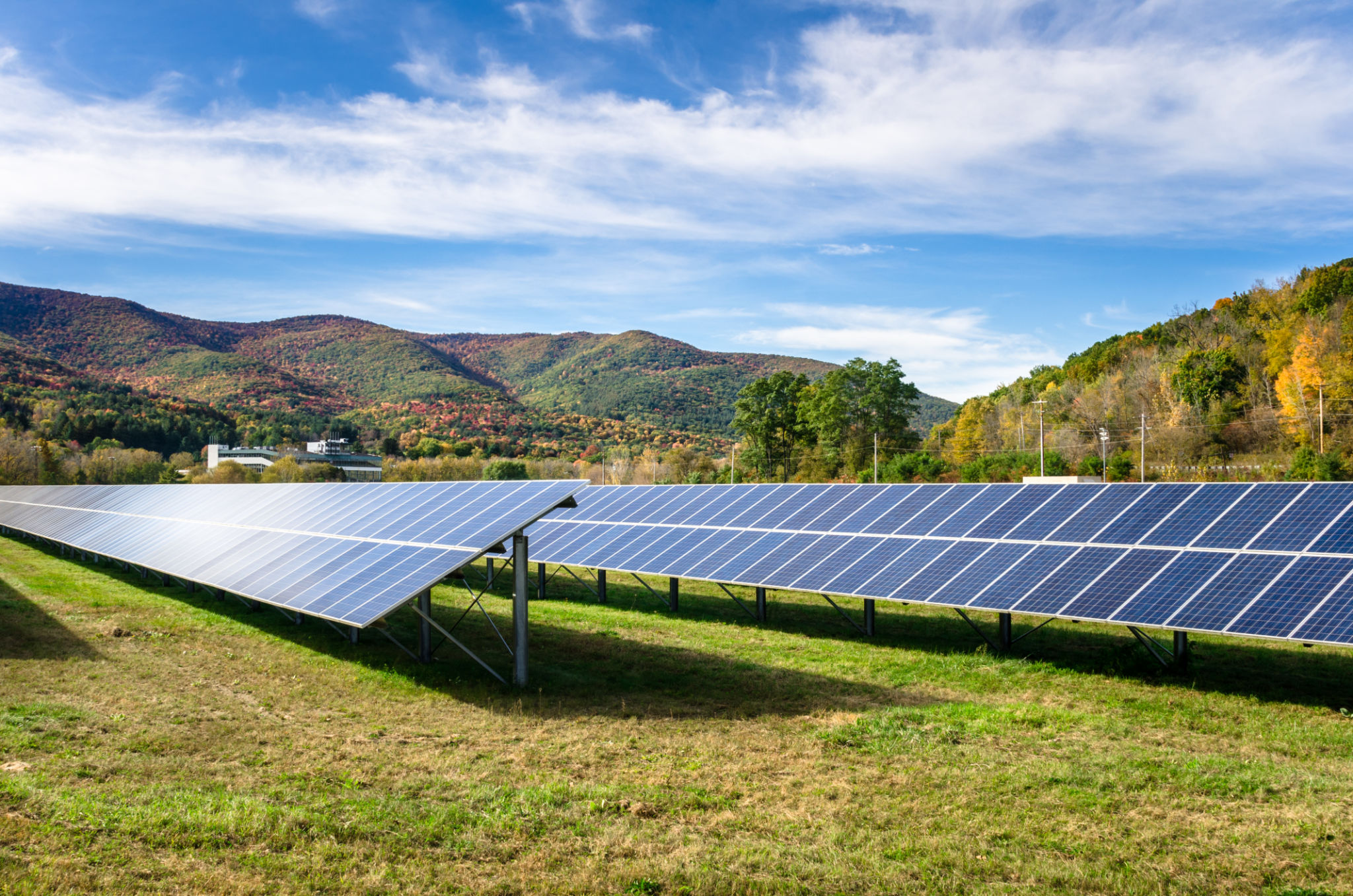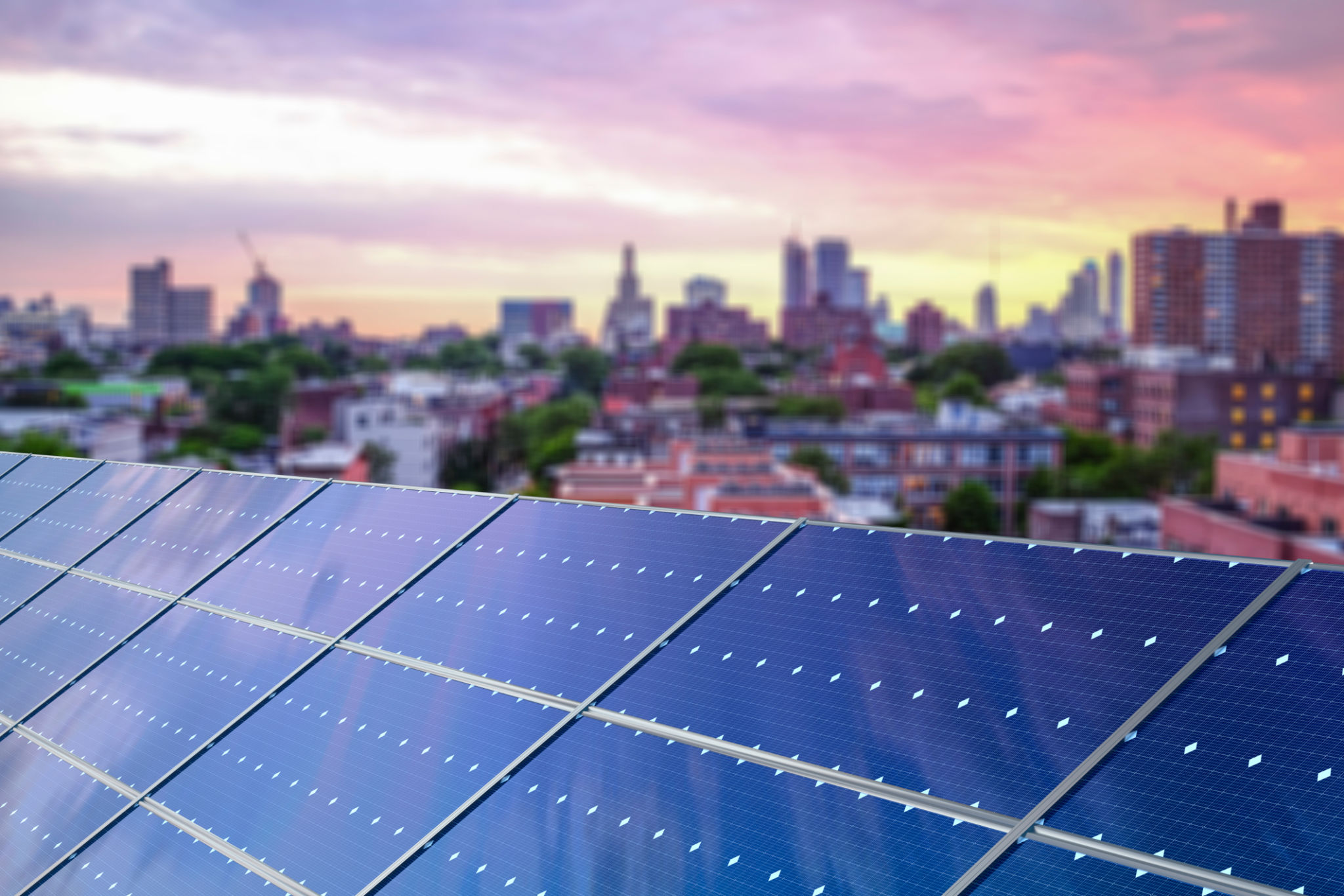Case Study: Successful Solar Power Implementations in Cameroon
Introduction to Solar Power in Cameroon
In recent years, Cameroon has made significant strides toward harnessing solar energy to address its electricity challenges. With a growing population and increasing demand for power, solar energy presents an effective and sustainable solution. This case study explores some of the successful solar power implementations in Cameroon and how they are transforming communities.

The Need for Renewable Energy
Cameroon, like many countries in Africa, faces challenges with electricity access. In rural areas, the electrification rate is particularly low, making it difficult for communities to develop economically. Traditional energy sources are not only costly but also environmentally damaging. Therefore, the push for renewable energy, especially solar power, is both an economic and environmental necessity.
Solar power offers a clean and renewable source of energy that can be deployed in remote areas where traditional grid connections are impractical. By tapping into its abundant sunlight, Cameroon can significantly reduce its dependency on fossil fuels and improve energy access for its citizens.
Case Study: Off-Grid Solar Solutions
One of the most notable implementations is the deployment of off-grid solar solutions in rural communities. These systems typically include solar panels, batteries, and inverters that provide reliable electricity for homes and small businesses. An example is the SolAfrica project, which has successfully installed solar systems in several villages, providing electricity where none existed before.

The impact of these implementations is profound. Access to electricity has improved educational outcomes as schools can now operate computers and lighting systems. Health centers equipped with solar power can store vaccines and operate medical equipment, significantly enhancing healthcare delivery.
Urban Solar Initiatives
In urban areas, solar power is being integrated into the national grid to supplement existing energy sources. Projects like the Nkongsamba Solar Power Plant have been pivotal in demonstrating the potential of large-scale solar farms. This plant contributes significantly to the national grid, reducing power shortages and promoting industrial growth.
The success of these urban initiatives highlights the potential for solar energy to not only power homes but also drive economic development by supporting industries that require a stable and reliable electricity supply.

Community Engagement and Training
A critical factor in the success of solar projects in Cameroon has been community engagement and training. Ensuring that local communities are involved in the planning and implementation phases fosters a sense of ownership and responsibility. Training programs have been established to educate local technicians on maintaining and repairing solar installations, ensuring sustainability.
This approach not only empowers local communities but also creates job opportunities, contributing to socio-economic development. By building local capacity, Cameroon ensures that its solar projects are sustainable and can be maintained independently over time.
Challenges and Future Prospects
Despite these successes, challenges remain. Financing remains a significant barrier to scaling up solar projects across the country. However, public-private partnerships and international funding are helping to bridge this gap. Additionally, continued government support through policies and incentives is crucial for encouraging investment in renewable energy.
The future of solar power in Cameroon looks promising. With ongoing projects and government commitment to renewable energy, Cameroon is well-positioned to become a leader in solar energy adoption in Africa. As technology advances and costs decrease, solar power will play an increasingly vital role in powering Cameroon's development journey.
